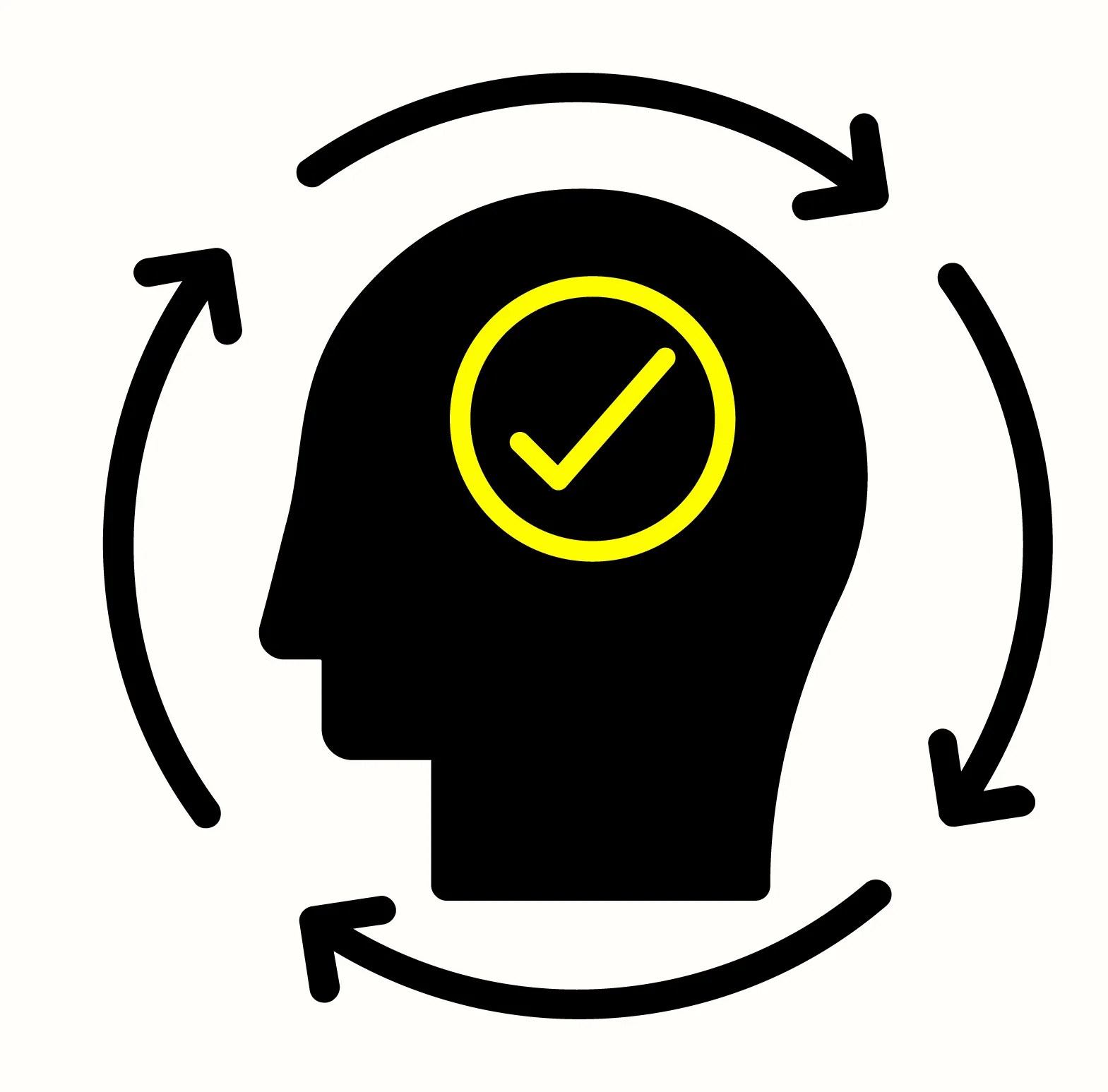In this age of rampant startups, ever-expanding technology, and readily accessed information, it’s important to remember, at the end of everything, who benefits from a product or service.
Hint: it’s not robots. At least, not for the most part.

Humans, the “users” in such buzzphrases as “user experience” and “user interface” play a significant role in the direction of innovation. It may sound obvious, but a surprising number of companies have made blunders by making decisions that they think their customers will appreciate — without actually consulting any of them. This coupled with the rise of machine algorithms designed to make decisions such as content delivery based on a personal profile further distances some companies from the people they serve.
Human-Centered Design (HCD), is a new name for an old concept. It describes the process of finding the intersection between desirability, feasibility, and viability to create something that caters to the needs of a certain group of people. It can be as advanced as designing conversation patterns for a voice assistant, or as simple as creating new paths in a park based on where people walk. We live in an age where we have the technological capacity to meet human needs, and this capacity is overwhelming for many. Instead of considering what people may want to use, we often try to stretch the limits of technology as much as possible to stay on the cutting edge.
However, the good news is that technology also gives us the tools necessary to better understand human behavior and why certain products may be desired over others. For all of the rhetoric on, say, proper app design, consideration should be paid to an app’s audience and how it will be used among them. And it’s not just about data such as response times and navigation patterns; it’s about recognizing the context of a particular technology and working to mold an experience that conforms to a user’s thoughts and feelings. For instance, the navigation app Waze became popular for warning its users about hazards on the road and police activity, allowing drivers to adjust their behavior accordingly.
Among companies that produce technology, there’s a common drive to make products that are attractive to look at. This isn’t necessarily a bad thing; part of Apple’s appeal are its minimalistic designs and smooth UI. However, HCD is about recognizing that good design is only part of what makes a product great. Great visuals that fail to provide streamlined paths toward preferred user behaviors fail to do their job regardless. And again, another part of HCD is including customers in decision-making processes. Far from surveys about a product, encouraging them to actively participate in its creation helps fine-tune it to the reality of its use. Of course, this isn’t a once-and-done process. Feedback should be routinely solicited, as usage patterns and sensibilities change. We can observe that companies that update their products on a consistent basis are more successful than those that do not.
From hardware to software to web design, we have increasingly found that there is no one-size-fits-all solution. In the face of increasing automation, we can turn to HCD to provide answers about behavior and establish a level of empathy between creators and users. Getting users involved in design won’t just make for better products — it’ll make for an environment in which people’s needs are adequately met.